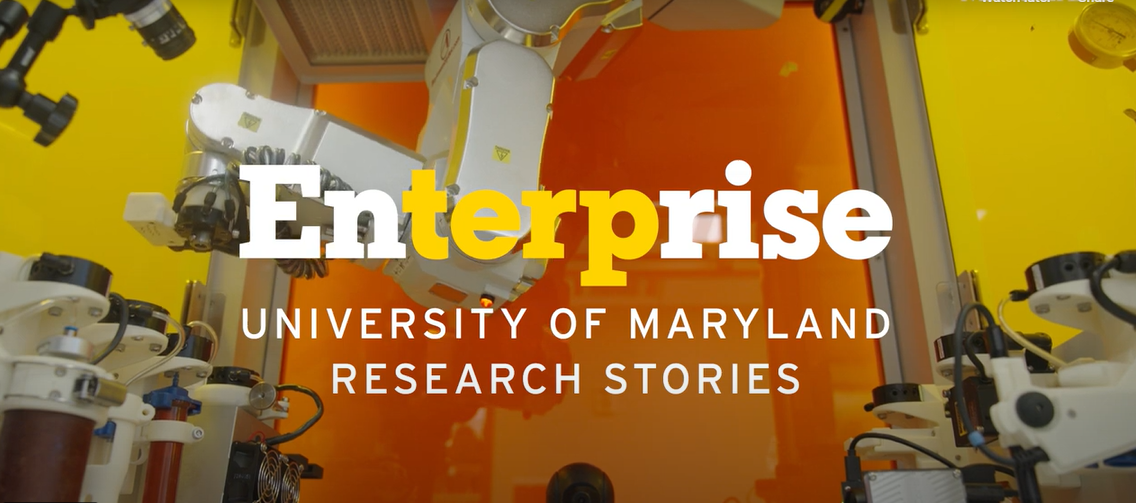News Story
"Zap" Away Migraines?
A handheld medical device capable of stopping migraines before they start, created by Fischell Department of Bioengineering namesake and benefactor Dr. Robert E. Fischell (M.S. '53, physics), is the topic of a story recently published in the Baltimore Sun.
The device, called the Neuralieve Transcranial Magnetic Stimulation Treatment System, uses noninvasive technology to deliver magnetic pulses to the brain's occipital cortex, where migraines begin. These often debilitating headaches are caused by bands of electrically excited neurons (nerve cells) across the skull. Fischell and his collaborators have found that magnetic pulses can depolarize their charges, effectively canceling the pain.
At the first sign of a migraine, the user places the Neuralieve against the back of his or her head and presses a button. The device emits two magnetic pulses, of about the same intensity a patient experiences when receiving an MRI, 15 seconds apart. "The patients do feel a tingle in their scalp, which is not at all unpleasant," Fischell tells the Sun in the story, and stresses another advantage over conventional migraine medication as well: "Our treatment has zero side effects."
Because the Neuralieve has proven successful in testing, Fischell has applied to the U.S. Food and Drug Administration for permission to produce it commercially. It could be on the market as soon as early 2009, available by prescription.
Other potential applications of the Neuralieve's technology include treatment of depression, Parkinson's disease, and obsessive-compulsive disorder.
For more information on migraine headaches, Neuralieve's test results, and Fischell's plans for the device:
Visit the Neuralieve web site »
View the patent online at the U.S. Patent Office web site »
Published August 26, 2008









